What Happens During The Mole Removal Process?
Posted on: 4 June 2020
Moles occur when your skin grows in unusual ways. Typically, skin cells are evenly distributed. When too many skin cells grow together, a mole is formed. Moles are usually darker than the surrounding skin, and they can sometimes be raised or textured. Moles aren't always cancerous, but they are at risk of becoming cancerous. You may decide to have a mole removed for health or aesthetic reasons. Here's what you can expect from the mole removal process:
1. Your dermatologist will evaluate the mole.
When you arrive at the dermatologist's office complaining about a mole, the first thing your dermatologist will do is perform a visual examination. The size, shape, and color of a mole can give your doctor an idea of the likelihood of cancer. Moles can be removed through shaving, surgical excision, or liquid nitrogen. Your doctor will take this time to determine the best removal method for your situation.
2. Your skin will be numbed.
Your mole and the surrounding skin will be sterilized. Cleaning away bacteria on the surface of your skin will protect you from infections. Once your skin is clean, your doctor will administer a local anesthetic through a hypodermic needle. Local anesthetic takes effect relatively quickly. You'll only need to wait a few minutes until your skin is numb enough for the doctor to move forward with the procedure.
3. Your mole will be excised.
Once your doctor is satisfied that the appropriate level of anesthetization has been reached, they will begin the surgery itself. Smaller moles may be removed with liquid nitrogen. The purpose of liquid nitrogen is to damage the cells of the mole, similar to frostbite. The mole will be left to necrotize and fall away on its own with this method. Moles that are potentially cancerous will be removed through shaving or surgical excision. Both methods require a doctor to cut into your skin, but shaving only affects the mole itself. If necessary, your dermatologist will send tissue samples to a lab so technicians can test for cancer.
4. Your dermatologist will close the surrounding skin.
Once your dermatologist has removed the mole from your skin, they will close the wound to promote healing and prevent infection. The wound left by surgical excision will be stitched closed using sutures. The wound left by shaving excision may be cauterized to prevent bleeding. Your dermatologist will leave you with care instructions to prevent scarring.
Share